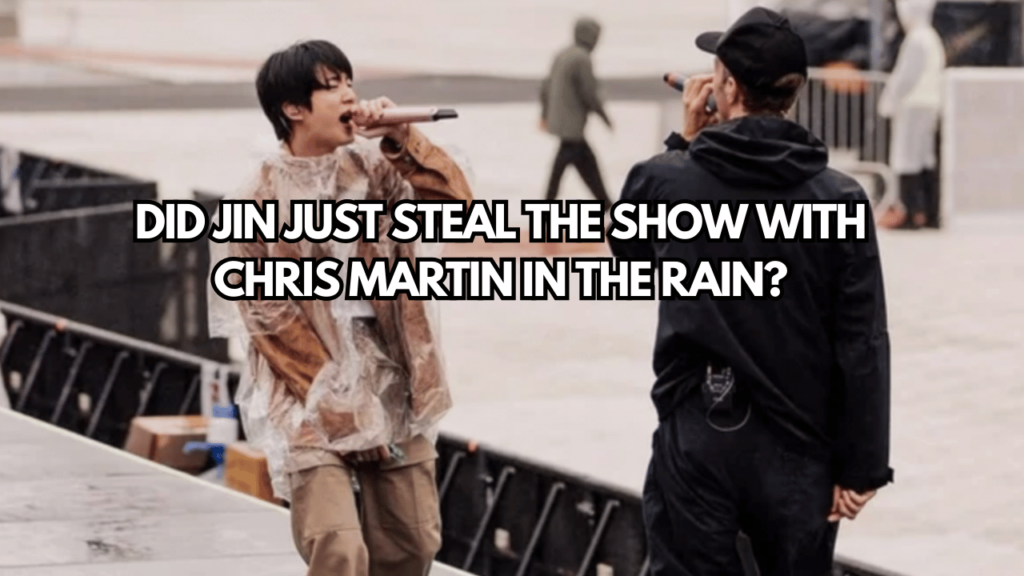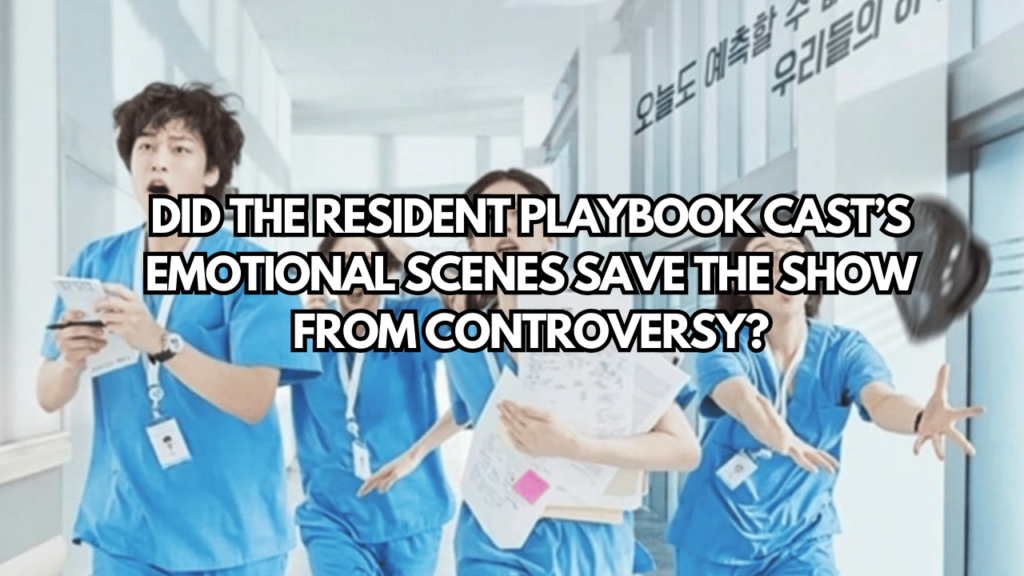A Potential Warning Ignored Before the Seoul Subway Sinkhole Accident
The tragic “Seoul subway sinkhole accident” has left many questioning whether the disaster could have been avoided. Recent investigations reveal that a warning about unstable soil at the construction site was filed with Seoul city officials just a month before the collapse. Despite the alert, the complaint was reportedly dismissed, raising serious concerns about the city’s response and safety measures surrounding the subway extension project.
A Whistleblower’s Alarm About Weak Ground
On February 24, a construction worker involved in the “Phase 4 extension project of Subway Line 9” sent an urgent warning to Seoul city officials. The worker highlighted the risks at the “Section 1 endpoint tunnel zone,” the exact spot where the tragic incident later occurred. The whistleblower noted that the area was built on weathered soil instead of solid bedrock, making it prone to collapse under the heavy traffic and densely populated surroundings.
See also: ZEROBASEONE US album release confirmed for April 4th milestone
They stated, “I understand that there is no bedrock layer in the tunnel section. Given the pressure from the area’s busy environment, the ground is at high risk of collapse.” Despite these clear warnings, the city responded with a statement assuring that the project was “designed to ensure stability.” Critics are now questioning whether this response was too generic and dismissive of the reported risks.
The Accident and Its Consequences
On March 24 at 6:29 PM, the predicted danger tragically unfolded. Near Daemyeong Elementary School in Gangdong District, a sinkhole opened at the intersection, leading to the death of a man in his 30s. The Seoul Metropolitan Government later confirmed that this site aligned almost exactly with the tunnel excavation area. At the time of the collapse, only the upper section of the tunnel had been excavated.
City officials are now under fire, with investigations underway to determine if the ignored warning contributed to the fatal accident. The outcomes of these probes could amplify public criticism of the city’s safety management practices and accountability in handling such complaints.
Final Thoughts: Could The Seoul Subway Sinkhole Accident Have Been Prevented?
The “Seoul subway sinkhole accident” serves as a tragic reminder of the importance of taking safety warnings seriously. Had the February 24 warning been properly addressed, the disaster might have been prevented, and a life could have been saved.
What do you think about the city’s response? Was it careless, or were there unforeseen challenges? Share your thoughts below.






